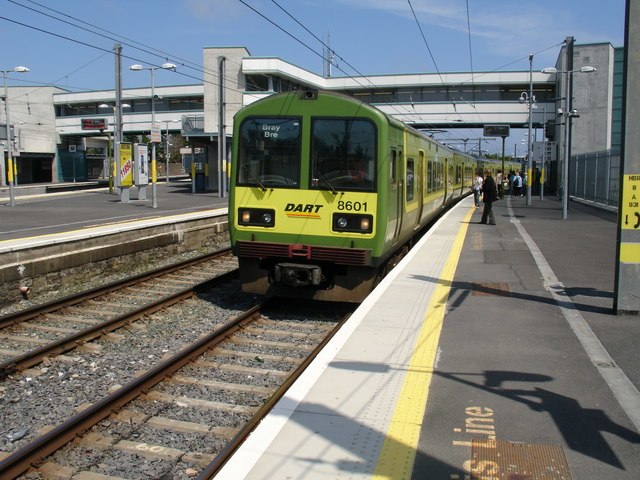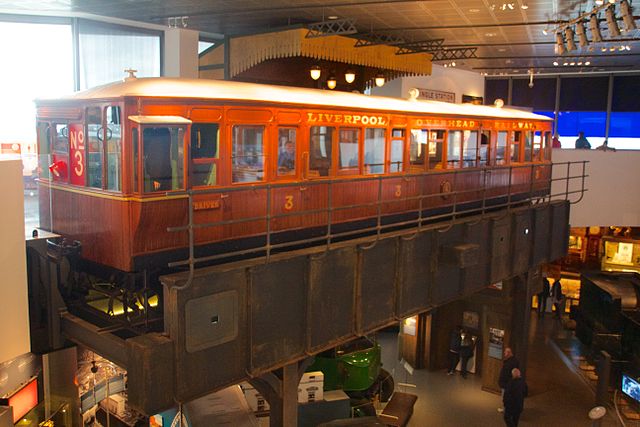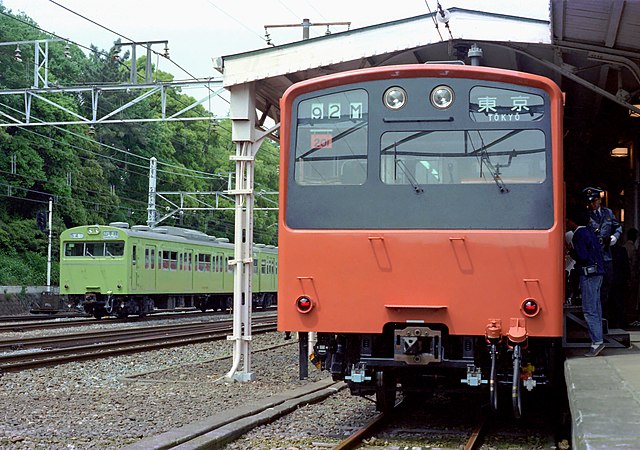Electro-diesel multiple unit
An electro-diesel multiple unit (EDMU) or bi-mode multiple unit (BMU) is a form of a multiple unit train that can be powered either by electric power picked up from the overhead lines or third rail or by using an onboard diesel engine, driving an electric generator, which produces alternating current (AC) or direct current (DC) electric power.
SNCF Class B 81500, an example of an electro-diesel multiple unit
SNCF B 82500 BMU
EN63H West Pomerian Voivodeship operated by Polregio
Renfe Class 730
An electric multiple unit or EMU is a multiple-unit train consisting of self-propelled carriages using electricity as the motive power. An EMU requires no separate locomotive, as electric traction motors are incorporated within one or a number of the carriages. An EMU is usually formed of two or more semi-permanently coupled carriages, but electrically powered single-unit railcars are also generally classed as EMUs. The great majority of EMUs are passenger trains, but versions also exist for carrying mail.
A DART 8500 class commuter EMU at Howth Junction railway station, Ireland.
A 6-car Siemens Nexas EMU arrives at Flinders Street station on the Upfield service in Melbourne, Australia.
A Liverpool Overhead Railway carriage in the Museum of Liverpool. The first EMUs in 1893.
The prototype unit of JNR 201 series on public display at Harajuku Station in Tokyo, 13 May 1979. Next to it, a Yamanote Line's 103 series train can be seen passing through








